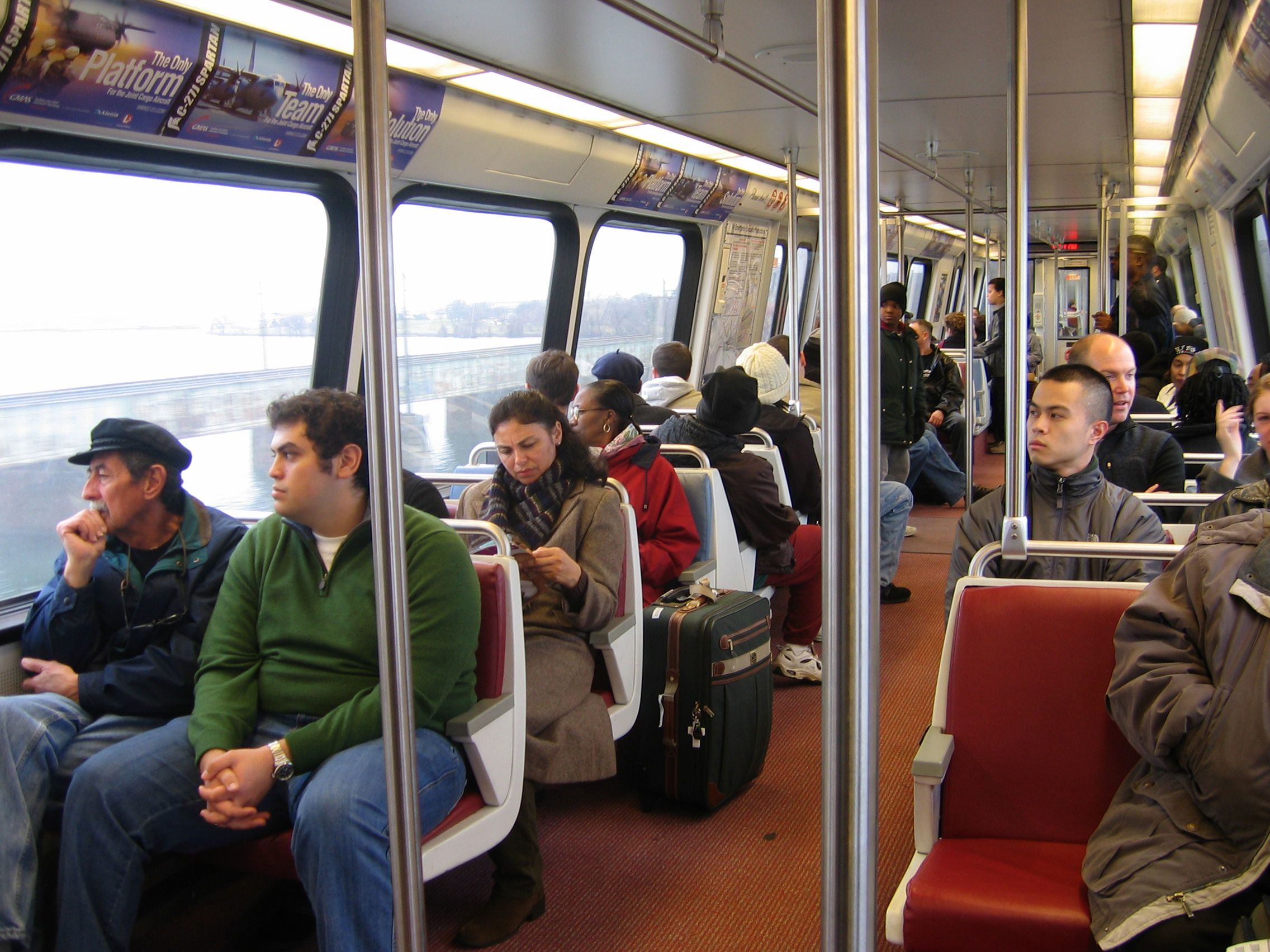Thank You For Riding Metro (and Conforming to Social Norms)
Posted in The Gnovis Blog
“Ding. Doors opening, step BACK to allow customers to exit. When boarding, please move to the center of the car.”
Oh, the Metro. Affectionately monikered by my friend Diala as “the ‘Tro,” the Washington Metropolitan Area Transportation Authority’s Metro system is a rich study in public human behavior. I’m guessing that just bringing up the subject of the Metro has you thinking about some of your own weird experiences…
Case Study #1: Social norms and insider/outsider identification. If you travel on the metro with any frequency, you will quickly come to notice strong norms around behavior and conduct on the Metro. I remember distinctly the first time I rode the Metro, primarily because upon entering the station, I stood on the left side of the escalator. It wasn’t 30 seconds before someone rudely and gruffly informed me that I was violating a sacred Metro norm. I haven’t stood on the left side of the escalator since. More interestingly, I have become such an “insider” that I myself am now often the enforcer that gruffly and rudely demands that people move out of the way. Metro—it brings out the best in us all, right?

Public transportation is a site of social norming. Not only does a person’s behavior tell others whether or not they are “local” (local in the sense of a frequent traveler on this form of public transportation), but taken as a whole, behavior in a public transportation system indicates regional norms. The norms in New York City and San Francisco’s public transportation systems are significantly different from those here in Washington D.C.
Below is a list of other norms I have observed on the WMATA Metro system:
• Walk quickly when you are in the Metro. No matter how slowly you walk in “real life,” Metro walking requires breakneck speed. Failure to walk fast might cause you to be misidentified as a tourist (see below).
• Have your fare card or SmartTrip Card out and ready at the metro gate. Do not go fishing into your purse or bag or pants once you get there. People are busy and must catch the next train!
• Even though the voice in the Metro train tells you to “stand BACK,” native Metro riders make it their business to crowd the doors. The truly talented ones try to sneak on without interfering with the disembarking traffic.
• Native Metro riders consistently pack the Metro cars to bursting at the seams, ignoring the fact that another train is on its way.
• Each color line has a different culture. Some lines are friendly, boisterous and loud. Others are very serious (most likely, again, because the people on those lines have very important places to go). The lines also have strong racial and class stratifications. You can tell where you are (rich neighborhoods, poor neighborhoods, middle of the city, suburbs) based on the socio-cultural characteristics of the riders.
• Native Metro riders hate tourists, primarily because they break all previously established social norms by standing on the left side of the escalator, walking slow, forgetting where they put their farecards, and standing in large groups that are hard to navigate around. Native Metro riders give tourists many dirty looks (or worse) as they violate these social norms.

Just from these norms alone, I’ve drawn some basic conclusions about the character of Washington D.C.:
1. In general, Washington D.C. is a fast paced, frantic place
2. Washington D.C. is highly stratified by race, class and power
3. Washington D.C. is clique-ish
There are many more norms than these I listed here, which is why this is only Part I of my “Riding the ‘Tro” series. For now, I want to hear from you out there in public transportation land. Are my conclusions reasonable? Too general? Can we really learn about a place through something as banal as its public transportation?
And what about your experiences? What crazy Metro stories do you have to contribute to my growing collection? Submit your thoughts, norms, critiques and stories here, and I will pick a few out for my next blog.
Until then, thank you for riding Metro.
